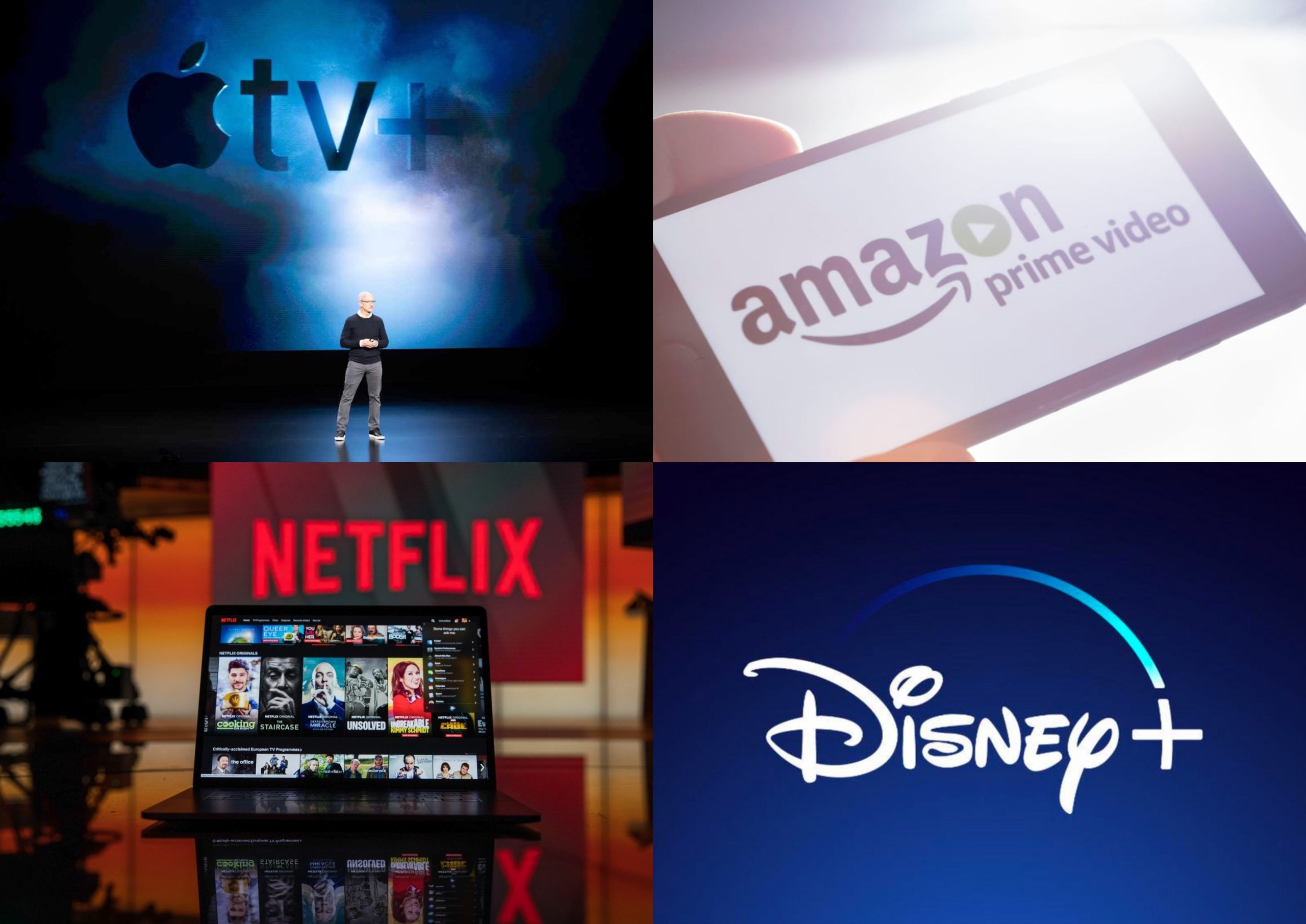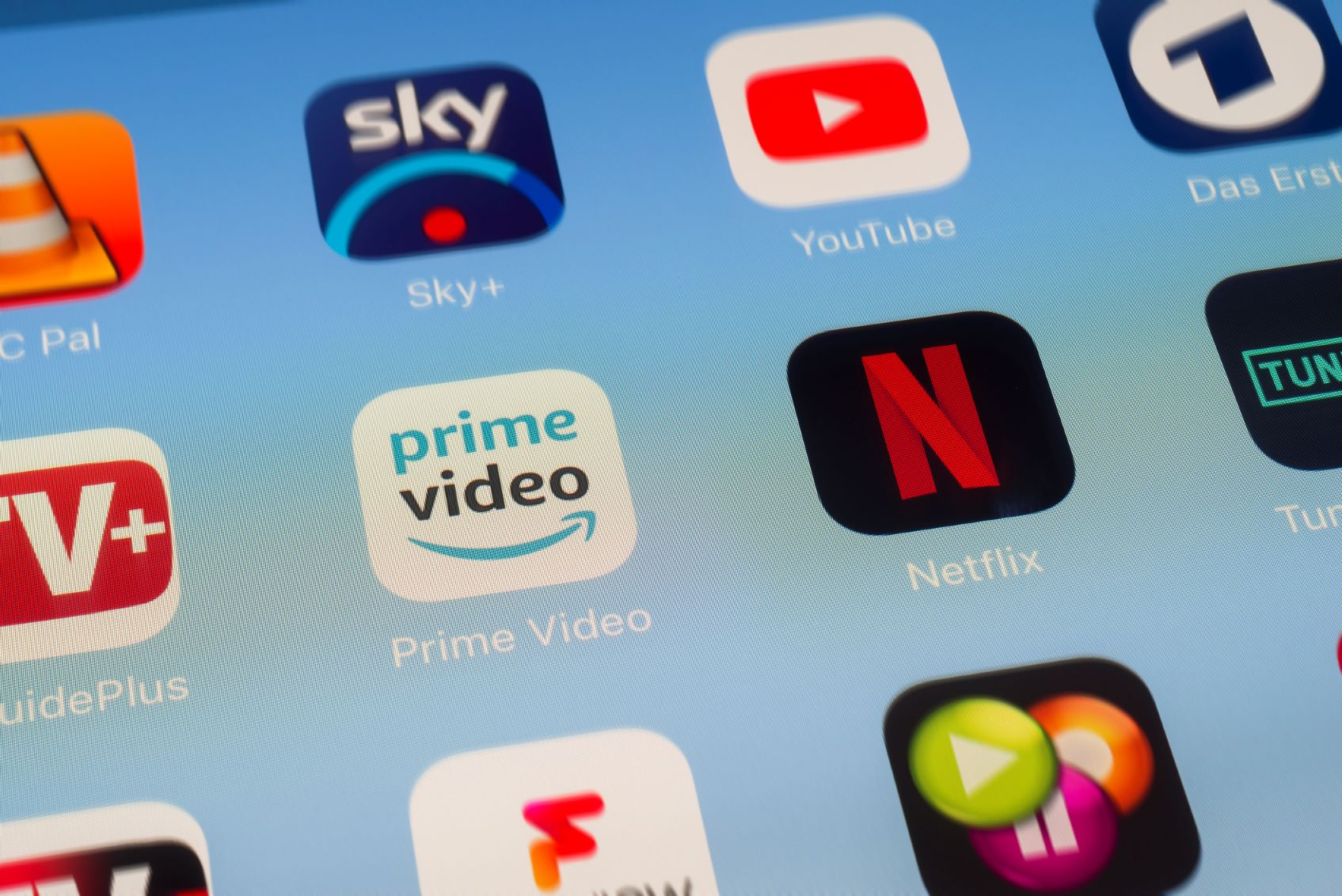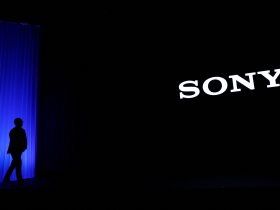In 1832, Prussian general and military theorist Carl von Clausewitz introduced the concept of the “fog of war,” illustrating the uncertainty and confusion inherent in military conflicts.
Today, this expression serves as a fitting metaphor for the tumultuous landscape within which subscription video-on-demand (SVOD) streaming companies operate – an environment rife with uncertainty.
This uncertainty is vividly illustrated by the trajectory of American streaming giant Disney+.
Despite receiving a hefty $10 billion (£7.9 billion) investment since 2019, the platform has suffered a loss of approximately 12 million subscribers over the same period, alongside staggering losses exceeding US$1.6 billion in 2023 alone.
In response, its parent company, Walt Disney, announced a new “cost-reduction strategy” in November, aiming to slash 7,000 jobs and save US$7.5 billion amidst challenging economic conditions and heightened competition.
The COVID-19 pandemic turbocharged the on-demand streaming sector as consumers sought entertainment during lockdowns.
This surge in demand led to rapid industry expansion, attracting numerous new players enticed by growth rates of up to 40% annually and the promise of substantial profits.

Yet, as lockdown measures eased, consumers returned to outdoor pursuits, triggering a shift in viewing habits.
The SVOD market is now marked by an oversupply of service providers, sparking aggressive pricing strategies based on competitors’ rates rather than solely production costs and profit margins.
Consequently, less efficient platforms are struggling, signaling an imminent “industry shakeout” characterized by intense consolidation akin to a seismic event reshaping the industry landscape.
One example is the Swedish platform Viaplay, which pursued an expensive international expansion during the pandemic, only to face profitability challenges beyond its home market.
Subsequent price hikes and increased customer churn compounded Viaplay’s woes, leading to CEO dismissal and cost-cutting initiatives.
Not surprisingly, the company withdrew long-term revenue guidance, causing its share price to plummet by a staggering 99% in the past year.
This shakeout phase, typified by job losses and closures, paves the way for a smaller cohort of robust, efficient players to dominate through “scale advantage.”

The benefits of scale advantage include efficient international market access, enhanced profitability, and the ability to offer competitive subscription prices – particularly crucial amid inflationary pressures on discretionary spending.
As growth slows and corporate profitability takes center stage amidst impending consolidation, Netflix’s impressive financial performance makes it an attractive acquisition target, despite its relatively modest size compared to tech giants like Apple and Amazon.
As the “fog of streaming war” dissipates and strategic uncertainty wanes, industry players will consolidate their positions, striving to establish and defend competitive footholds.
The foremost challenge for media companies going forward lies in transforming SVOD streaming into a profitable segment of their business models.







Leave a Reply